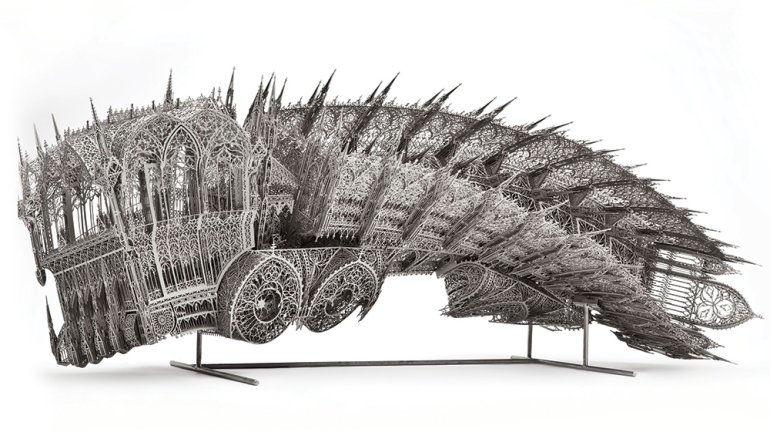Reinvesting in the Mission
Reinvesting in the Mission
Glenn Adamson, noted craft critic, curator, historian, and frequent American Craft contributor, describes his new role as the Nanette L. Laitman Director of the Museum of Arts and Design in New York City.
You began your career 20 years ago at this museum, as an intern, and now you are the director. How does that feel?
Just thinking about the lineage of people who have been associated with the museum – Aileen Osborn Webb, David Campbell, Paul Smith, Janet Kardon, and my predecessor, Holly Hotchner – and then standing in that lineage, does feel like an amazing responsibility and opportunity. I sort of joke that it’s destiny, but it feels meant to be. It’s an institution that has always been at the center of my attention and interests.
When I visited for an initial round of meetings with trustees and staff, I was at an event and saw [director emeritus] Paul Smith, whom I’ve met many times and interviewed. We realized that he had assumed the directorship of the museum exactly 50 years before I did. Talking with him in the lobby of the museum, having that realization with him, was quite an amazing moment.
The museum has seen its share of change over the years: several expansions and moves within midtown Manhattan, changes of name from the Museum of Contemporary Crafts to the American Craft Museum to the Museum of Arts and Design. Some would say there has been an evolution of identity and approach as well. What do you see as its role and mission today?
I have quite a clear idea of that, which I think is very much supported by the trustees and staff. It’s about reinvesting in the original mission as [founder] Aileen Osborn Webb framed it. One thing I’ve been saying to people – and it’s fascinating to consider – is that the very first exhibition at the museum, in 1956, was called “Craftsmanship in a Changing World.” That’s a phrase I wish I had come up with. In a description of my own interests, that absolutely nails it for me. That’s what the museum is about, and for. In some ways it’s a very focused idea, because you’re thinking about craftsmanship, which is clearly, for me, about skills, processes, tools. But then thinking about the rest of the phrase, “in a changing world”: That means it’s also a mission about reacting to, and trying to shape, the society around us.
What I’m really interested in is the way craft motivates and fuels all kinds of creative practice. So it could be the fabricators who make a sculpture – even if not recognized as the artist, they nonetheless stand behind that work and make it possible. Or it could be somebody who makes a prototype by hand, and it then gets copied a million times at a factory. A repair specialist. An artisanal baker. Somebody in the building trades, or working in set design on Broadway. There’s a huge panoply of skilled hands operating in the world, and I feel like the museum is the home and the hub for those people, there to champion them and remind everybody what they contribute to society. And also to fly the flag for skill, for mastery.
You’ve been very active as a writer and thinker – not always a conventional one – on the subject of craft. How will that inform your directorship?
Well, I’m coming out of being the head of research at the Victoria and Albert Museum, which was a broadly defined job, but fundamentally about setting the intellectual agenda for the V&A. That’s something I want to bring to MAD as well. I want to build a research culture at the museum, probably through close collaboration with other entities – other museums, universities, companies – and really position MAD as a center for thought leadership in this area.
What perspective did you gain from your eight years at the V&A in London, as an American abroad?
Realizing what the British way of working in museums has to offer, and what the American way has to offer. What I’m hoping is that MAD can have that ideal balance of the two. British museums, insofar as they are funded by the government and there is a lot of funding attached to collaboration with the higher education sector, can be innovative research and investigation institutions. On the other hand, American museums have a kind of speed and entrepreneurial character because of their private funding structure, and I really value that as well, that individualism and creative freedom.
How do you personally live with craft, at home and at work?
I wrote about this a little bit at the end of Thinking Through Craft [published in 2007]. I have specific objects in my life that have incredibly deep meaning for me – a chair that Art Carpenter made, a lot of ceramics I really love.
For me, the reason to be interested in crafts is because I’m interested in makers. It’s like when somebody teaches you a song: Every time you sing that song later in life, you think of that person. A craft object is like that.
“Out of Hand” runs through June 1. Joyce Lovelace is American Craft’s contributing editor.

